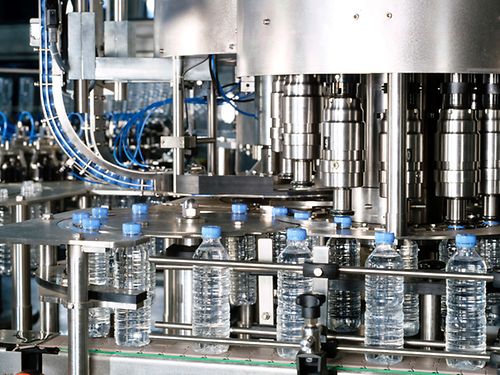
The number of different food products and the operations and steps involved in their
production are indeed very great. Further, each manufacturer introduces departures
in methods and equipment from the traditional technology for that product, and processes are in a continual state of evolution. The food scientist would soon experience
great frustration if there were not unifying principles and a systematic approach to
the study of these operations.
The processes used by the food industry can be divided into common operations,
called unit operations. Examples of unit operations common to many food products
include cleaning, coating, concentrating, controlling, disintegrating, drying, evaporating, fermentation, forming, heating/cooling (heat exchange), materials handling, mixing, packaging, pumping, separating, and others. These operations are listed alphabetically, not in the order of their natural sequence or importance.
Most unit operations are utilized in the making of a variety of food products. Heat
exchanging, or heating, for example, is used in the manufacture of liquid and dry food
products, in such diverse operations as pasteurizing milk, sterilizing foods in cans,
roasting peanuts, and baking bread.
- Teacher: Dr. Nizam Uddin
